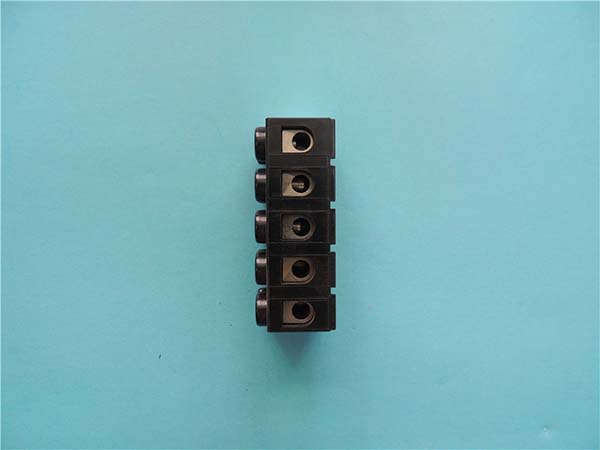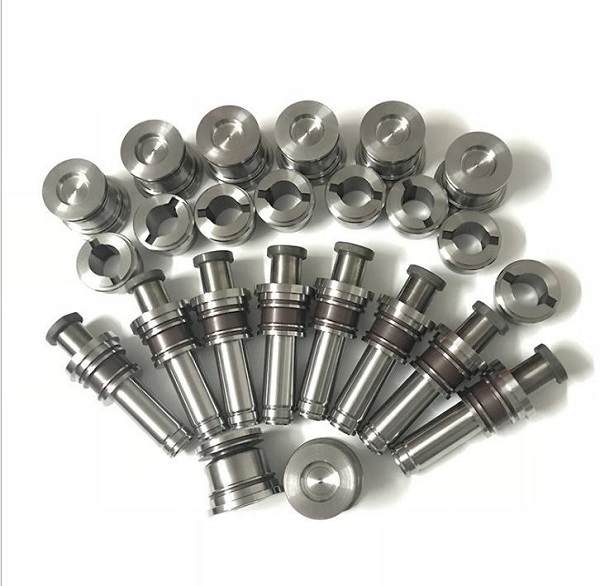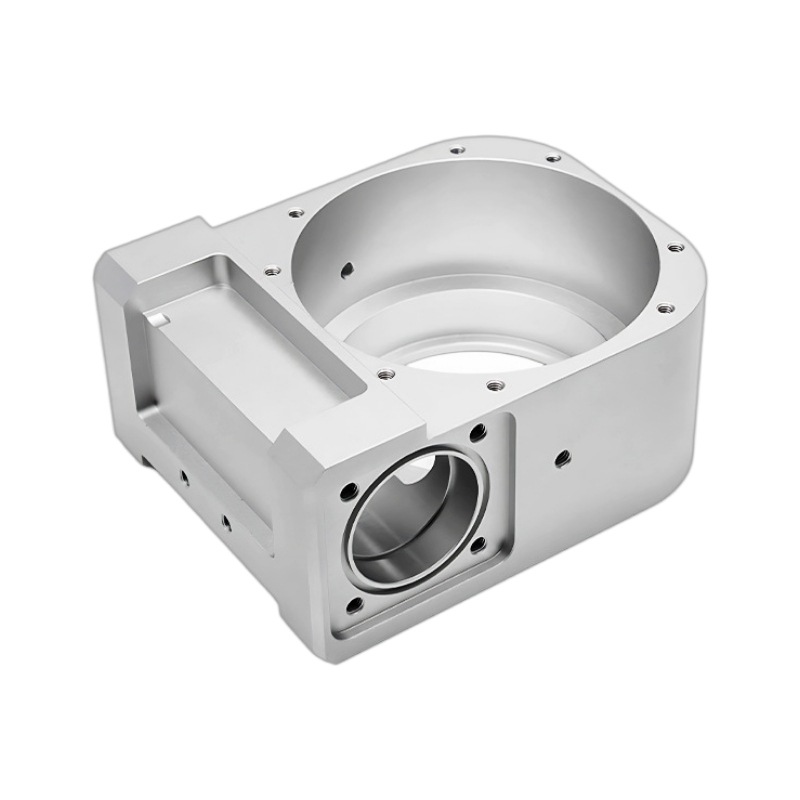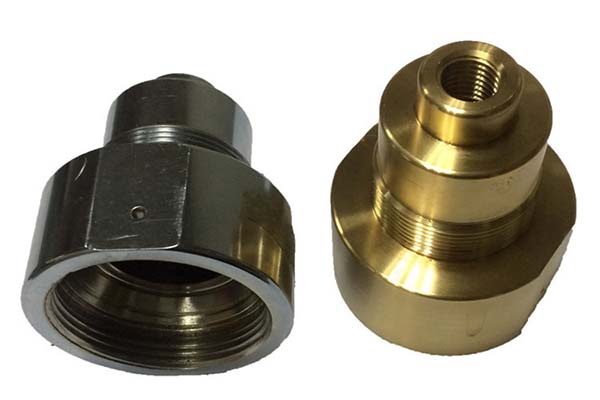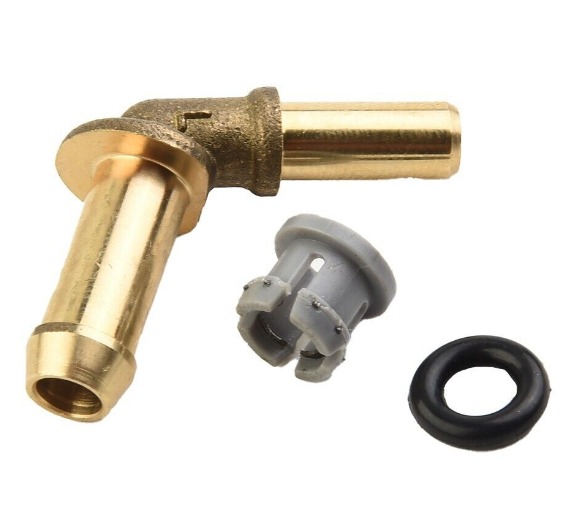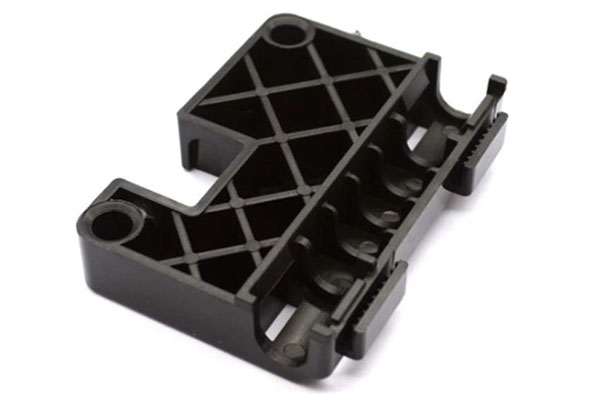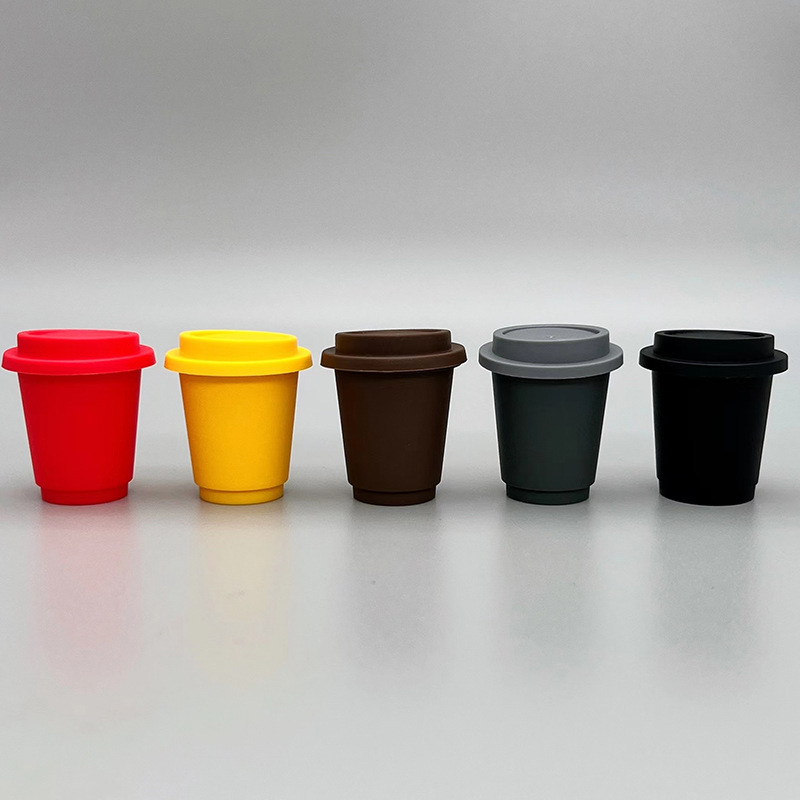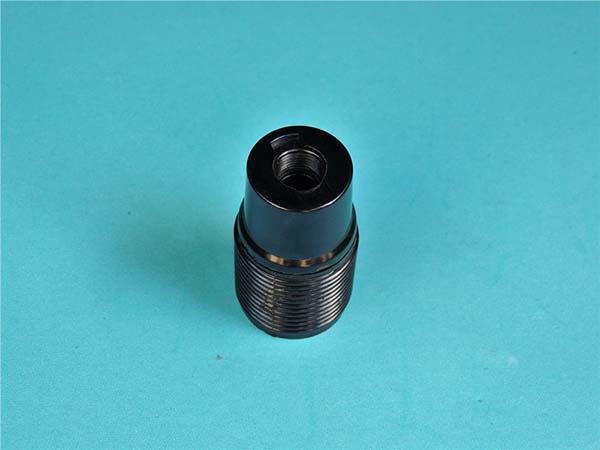CNC machining of PEEK (Polyetheretherketone) presents unique challenges that manufacturers often encounter. Its exceptional high-temperature resistance (withstanding up to 260°C) and impressive mechanical strength make it ideal for extreme environments, but these properties also make it highly abrasive, leading to rapid tool wear without proper tool selection. Additionally, PEEK’s low thermal conductivity causes heat to accumulate at the cutting edge, increasing the risk of workpiece deformation and surface defects. Achieving tight tolerance verification and consistent surface roughness adds another layer of complexity, especially for medical and aerospace applications. This guide addresses these pain points, offering expert strategies to master CNC machining of PEEK.
CNC Machining Process
The CNC machining process for PEEK demands precision and careful parameter tuning to handle its robust properties:
- Milling: The primary operation for PEEK, using high-speed spindles (8000-12,000 RPM) and rigid setups to minimize vibration. A feed rate of 0.08-0.15 mm/tooth and depth of cut of 0.5-2 mm balances material removal and tool life, while precision machining setups achieve tolerances as tight as ±0.01 mm.
- Turning: Suitable for cylindrical PEEK parts like shafts or bushings, with spindle speed of 3000-6000 RPM and feed rate of 0.1-0.2 mm/rev. Sharp tools and moderate cutting forces prevent heat buildup and ensure smooth surfaces.
- Drilling: Requires sharp carbide drills with a 135° point angle to avoid delamination. Peck drilling (intermittent retraction) clears chips, reducing the risk of tool clogging and heat accumulation.
- CNC programming: Leverages advanced algorithms to generate optimized toolpaths, minimizing abrupt direction changes that can cause tool deflection. CAD/CAM integration ensures seamless translation of designs into machining code, critical for complex parts.
- Tool path optimization: Climb milling (cutting with the tool rotation) reduces tool wear, while circular interpolation around corners minimizes stress on PEEK, preventing surface cracks.
PEEK Material Properties
PEEK (Polyetheretherketone) is a high-performance thermoplastic polymer with properties that make it indispensable in demanding applications, influencing every aspect of machining:
- High-temperature resistance: PEEK retains its mechanical properties at continuous use temperatures up to 260°C, with short-term resistance to 300°C—ideal for aerospace and industrial machinery.
- Mechanical strength: Boasting a tensile strength of 90-100 MPa and flexural modulus of 3.6 GPa, PEEK offers metal-like strength while remaining lightweight, suitable for load-bearing components.
- Chemical resistance: It resists most acids, alkalis, and organic solvents, making it ideal for chemical processing equipment and medical devices exposed to cleaning agents.
- Wear resistance: PEEK’s low friction coefficient (0.3) and high abrasion resistance make it suitable for bearings and bushings in high-wear environments.
- Biocompatibility: PEEK is FDA-approved for medical implants, with excellent tissue compatibility and resistance to bodily fluids—critical for orthopedic and dental applications.
- Thermal stability: Its glass transition temperature of 143°C and melting point of 343°C ensure dimensional stability across wide temperature ranges, outperforming many plastics.
| Property | PEEK | PTFE | PI Polyimide |
| Tensile Strength | 90-100 MPa | 20-30 MPa | 100-150 MPa |
| Continuous Use Temp | 260°C | 260°C | 300°C |
| Chemical Resistance | Very Good | Excellent | Excellent |
| Biocompatibility | Yes (FDA Approved) | Yes | Limited |
Applications of CNC Machined PEEK
CNC machined PEEK parts are trusted in critical industries for their ability to perform under extreme conditions:
- Aerospace components: Engine sensors, valve bodies, and structural parts leverage PEEK’s lightweight and high-temperature resistance, reducing aircraft weight while ensuring reliability.
- Medical implants: Spinal cages, hip replacements, and dental abutments use PEEK’s biocompatibility and mechanical similarity to bone, promoting patient comfort and healing.
- Automotive parts: Under-hood sensors, transmission components, and electrical connectors benefit from PEEK’s resistance to oils, fuels, and high temperatures.
- Semiconductor equipment: Wafer handling tools and chamber components use PEEK’s purity and resistance to plasma etching chemicals, ensuring process integrity.
- Chemical processing: Valves, pumps, and reactor liners leverage PEEK’s chemical resistance to handle aggressive substances safely.
- Industrial machinery: Bearings, gears, and seal rings rely on PEEK’s wear resistance and low friction, reducing maintenance in heavy machinery.
- Electronic enclosures: Housings for high-temperature electronics use PEEK’s electrical insulation and thermal stability, ensuring reliable performance.
CNC Machining Equipment for PEEK
Specialized CNC machining equipment is required to achieve precision in PEEK machining:
- CNC milling machines: 3-axis and 5-axis mills with high-speed spindles (up to 15,000 RPM) handle complex PEEK parts, with 5-axis systems reducing workpiece handling to minimize errors.
- CNC lathes: High-precision lathes with rigid beds and low-vibration spindles ensure concentricity in cylindrical PEEK parts, critical for bearings and shafts.
- Multi-axis machining centers: Enable simultaneous cutting from multiple angles, reducing setup time and improving accuracy for intricate parts like medical implants.
- High-speed spindles: 10,000-15,000 RPM spindles allow faster material removal while maintaining surface finish, reducing cycle time for PEEK components.
- Coolant systems: Flood coolant or mist systems with water-soluble coolants (5-10% concentration) dissipate heat, preventing PEEK from softening during machining.
- Vacuum fixtures: Secure PEEK workpieces without mechanical clamping, preventing distortion and ensuring consistent cutting forces—ideal for thin-walled parts.
Quality Control in CNC Machining PEEK
Maintaining quality in CNC machined PEEK parts ensures performance in critical applications:
- Inspection methods: Dimensional measurement using coordinate measuring machines (CMMs) verifies tolerances, with accuracy up to ±0.001 mm for medical and aerospace parts.
- Surface roughness: PEEK typically achieves Ra 0.8-1.6 μm with standard machining. Profilometers measure surface finish, with Ra <0.8 μm required for sealing surfaces and medical implants.
- Tolerance verification: Statistical process control (SPC) tracks dimensional variations across production runs, ensuring parts meet ±0.01-0.03 mm tolerances for critical applications.
- Non-destructive testing: Ultrasonic testing detects internal defects in thick PEEK parts, while visual inspection under magnification checks for surface cracks or chips.
- Hardness testing: Shore D hardness (85-90) is verified to ensure material consistency, as hardness variations can affect machining performance and part functionality.
- Quality standards: Compliance with ISO 9001, ISO 13485 (medical), and AS9100 (aerospace) ensures PEEK parts meet industry-specific requirements, with documentation of material certifications and machining parameters.
Yigu Technology's Perspective
Yigu Technology specializes in CNC machining PEEK, leveraging expertise in handling its high strength and heat sensitivity. We use carbide tools with TiAlN coatings and optimized cutting parameters to minimize tool wear and heat buildup. Our quality control includes CMM inspections and ultrasonic testing, critical for medical and aerospace clients. We utilize multi-axis machining centers and advanced CAD/CAM integration to produce complex PEEK parts with tight tolerances. Whether manufacturing aerospace components or medical implants, we tailor our processes to maximize PEEK’s performance, delivering reliable parts that meet the strictest industry standards.
FAQ
- Why is PEEK difficult to machine, and how to overcome it?
PEEK’s high strength and low thermal conductivity cause heat buildup and tool wear. Overcoming this requires carbide tools with TiAlN coatings, high spindle speed (8000-12,000 RPM), and effective coolant systems to dissipate heat. Rigid machine setups also minimize vibration, preventing surface defects.
- What surface roughness can be achieved when machining PEEK?
With proper tooling and parameters, PEEK can achieve surface roughness as low as Ra 0.4-0.8 μm. This requires sharp carbide tools, low feed rate (0.08-0.1 mm/tooth), and a light finishing pass (0.1-0.2 mm depth of cut), critical for sealing and medical applications.
- Which industries benefit most from CNC machined PEEK components?
Medical (implants, surgical tools), aerospace (engine parts, sensors), and industrial machinery (bearings, gears) benefit most. PEEK’s biocompatibility, high-temperature resistance, and wear resistance make it irreplaceable in these sectors, outperforming metals and other plastics in extreme conditions.
